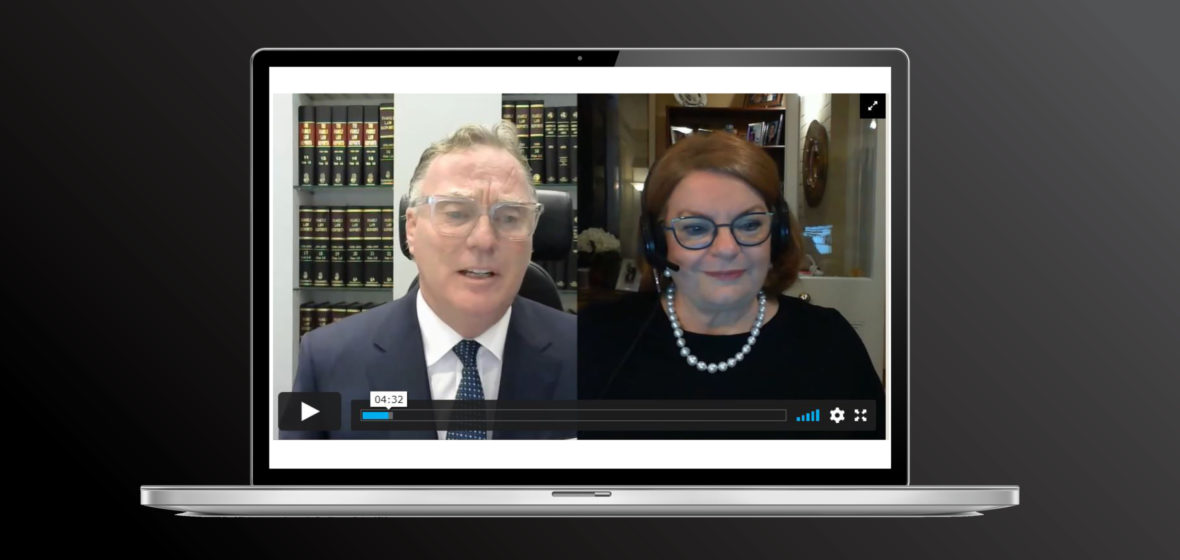The newly created Federal Circuit Court and Family Court of Australia (FCFCA) officially commences operations on 1 September.
The merger of the former Family Court with the Federal Circuit Court, formalised in the Federal Circuit and Family Court of Australia Act 2021, was passed by the Federal Parliament in February to streamline and create efficiency in the court systems.
Part of the combined court’s ambitious remit is to resolve up to 90 per cent of cases within 12 months, to improve early risk identification and safety of children and vulnerable parties, and enhance national access to justice for vulnerable parties and regional communities through the use of technology.
“This merger marks one of the most significant structural changes to the family law system since the establishment of the Family Court in the mid-1970s,” Law Society of NSW President Juliana Warner said during a webinar with the Court’s Chief Justice William Alstergren last month.
“It’s not surprising, given the high stakes involved, and the extent of the reforms, that public debate around this merger has been intense.
“It follows multiple inquiries by both Coalition and Labor governments, which have shown that in recent years Australia’s family courts have struggled with high caseloads and limited resources. Vulnerable citizens, including children, are falling through the cracks.”
The Court’s new leadership structure includes the Chief Justice and Deputy Chief Justice for Division 1, and in Division 2, one Deputy Chief Judge for Family Law, and one for General Federal Law and Fair Work.
Chief Justice Alstergren said during the live online event: “The courts are extremely grateful for the support of the profession, for engaging in consultation opportunities, supporting initiatives such as the COVID-19 list and call overs, and generally assisting the Court to help Australian families to resolve their disputes.”
“It’s an exciting time in the history of family law and both the Family Court and the Federal Circuit Court … for at least 21 years we have been looking for a single point of entry [for all family law matters] and we finally got one,” he said.
“The Courts have been working diligently to build a court system that is innovative, truly focuses on the safety of children and vulnerable litigants, and that changes the culture and conversation around family law – learning from the many inquiries, reviews and calls for change that have occurred in the past. Particularly robust discussions have happened in the last two or three years.”
Chief Justice Alstergren said one of the objects of the new legislation, “is to provide for just outcomes, in particular, [in] family law or child support proceedings.”
A pivotal plank of the court reforms is the Lighthouse Project, a specialised risk assessment tool that focuses on public health and tailored case management for families involved in the family law system.
“Importantly, specialist judges with expertise in family law will continue to be appointed, with the … Act requiring that … all judges exercising family law jurisdiction must be suitable to deal with family law matters, including matters involving family violence,” the Court wrote in published guidance to the profession.
In a statement issued on August 13, the Court wrote “The focus is clearly on effective and efficient delivery of justice and achieving common approaches to simplify the court system … from 1 September we will see a new structure that is innovative, fair and efficient and focuses on risk, responsiveness and resolution.”
The Law Society event on the merger can be viewed as a webcast on demand at lawsociety.com.au/events/events-demand




